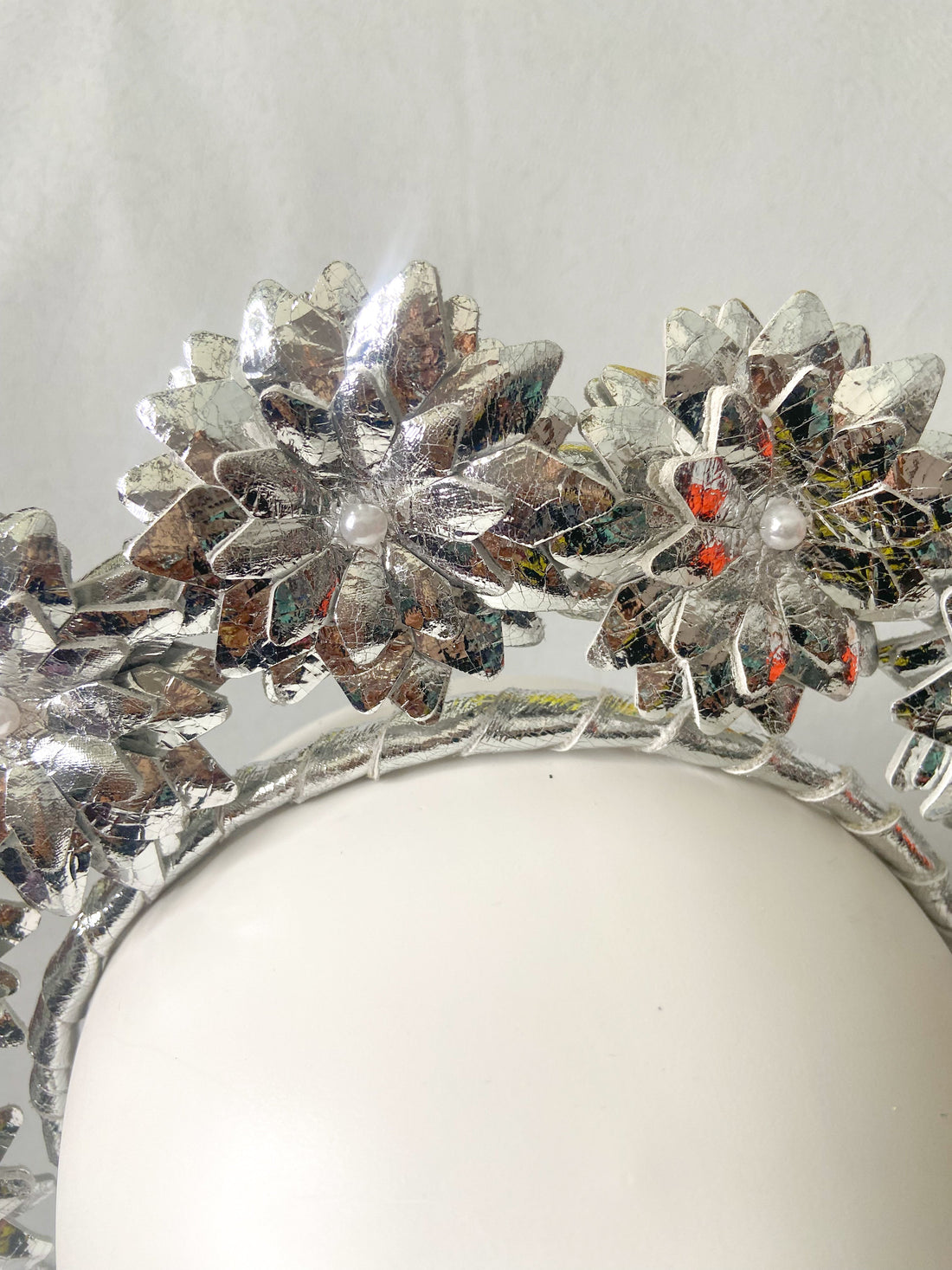
THE FASCINATING HISTORY OF ANCIENT EGYPTIAN HEADWEARS
Share
*The Fascinating History of Ancient Egyptian Headwear: Unveiling the Symbolism and Significance*
In the realm of ancient civilizations, few cultures have captivated our imagination as profoundly as Ancient Egypt. Their enigmatic pyramids, mysterious mummies, and elaborate hieroglyphs have long fascinated historians, archaeologists, and enthusiasts alike. One often-overlooked yet intriguing aspect of Ancient Egyptian culture is their headwear. In this blog post, we'll delve into the fascinating history of Ancient Egyptian headwear, exploring its symbolism, significance, and enduring influence on modern fashion.
The Early Dynasties: Simple Headwear for Practical Purposes
During the Early Dynastic Period (c. 3100 - 2613 BCE), Ancient Egyptian headwear was primarily functional, serving as protection from the scorching desert sun. Simple cloth headscarves, often made from linen, were worn by both men and women to shield their faces and heads from the harsh climate. These early head coverings laid the groundwork for the more elaborate and symbolic headwear that would follow.
The Old Kingdom: Emergence of Symbolic Headwear
As Ancient Egyptian society became more complex and hierarchical, headwear began to take on symbolic meanings. During the Old Kingdom (c. 2613 - 2181 BCE), pharaohs and high-ranking officials wore elaborate headdresses that signified their status, power, and divine authority. The most iconic of these headdresses was the Nemes, a striped cloth headpiece worn by pharaohs to symbolize their connection to the gods.
The New Kingdom: Golden Headwear and Divine Symbolism
The New Kingdom (c. 1570 - 1085 BCE) saw the rise of even more elaborate and ornate headwear. Golden headdresses, adorned with precious gems and symbols, became a hallmark of Ancient Egyptian royalty. The *Pschent*, a double crown worn by pharaohs to represent their rule over both Upper and Lower Egypt, is a prime example of the intricate symbolism and craftsmanship that defined Ancient Egyptian headwear.
Influence on Modern Fashion
The legacy of Ancient Egyptian headwear can be seen in modern fashion, from haute couture to streetwear. Designers such as Jean Paul Gaultier and Alexander McQueen have drawn inspiration from Ancient Egyptian headdresses, incorporating elements like gold accents, intricate patterns, and symbolic motifs into their designs.
Conclusion
The fascinating history of Ancient Egyptian headwear is a testament to the ingenuity, creativity, and symbolism of this ancient civilization. From simple cloth headscarves to elaborate golden headdresses, Ancient Egyptian headwear played a significant role in communicating social status, power, and divine authority. As we continue to draw inspiration from the past, the allure of Ancient Egyptian headwear remains an enduring and captivating force in modern fashion.